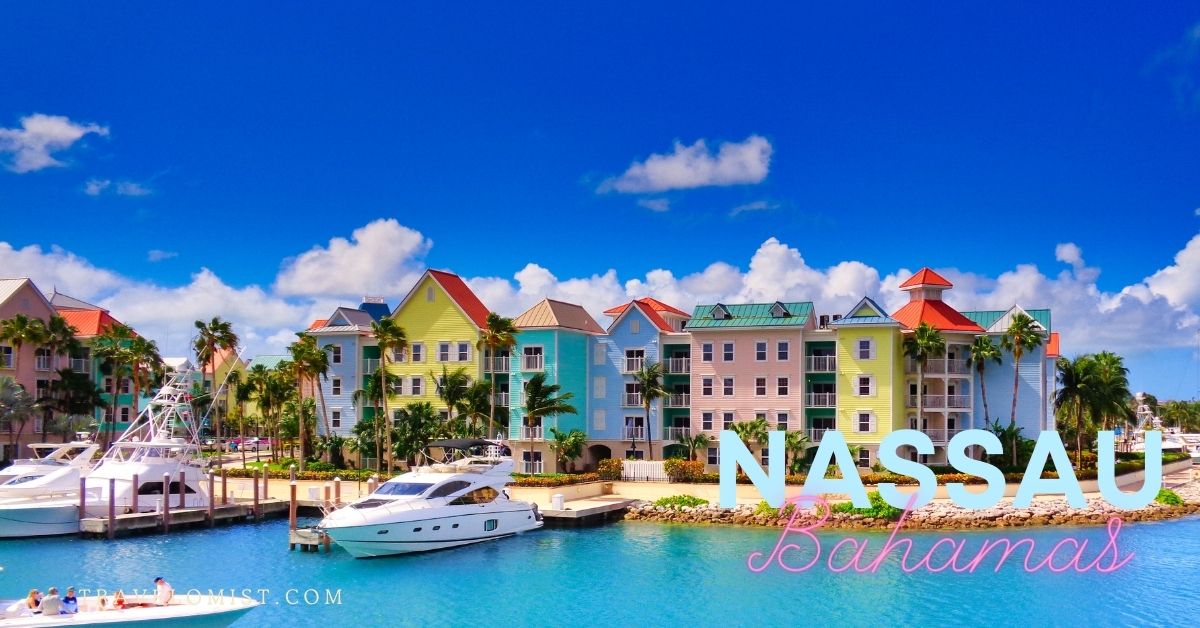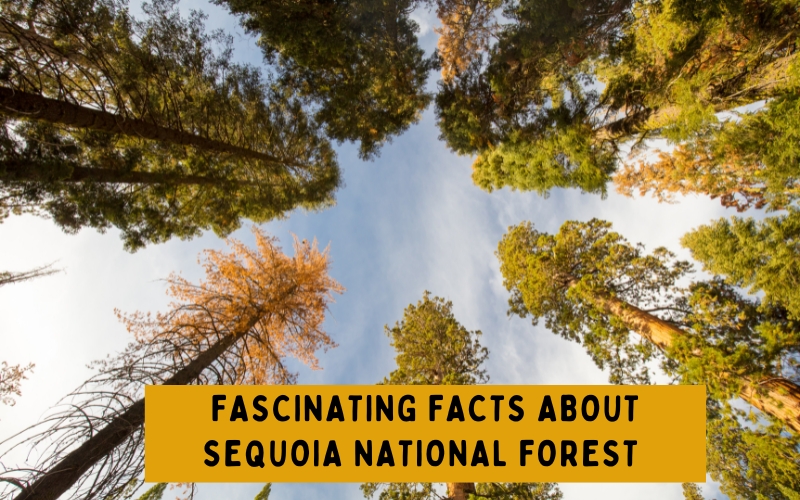Antarctica is a vast and inhospitable continent located at the southernmost part of the Earth. Despite being the fifth-largest continent, it is the most sparsely populated, with no native human populations and very little visible life. In fact, the term “lifeless” is often used to describe this extreme environment. However, the absence of life in Antarctica is not due to a lack of biodiversity, but rather, is the result of numerous factors, including the extreme cold temperatures, the lack of sunlight, and the absence of liquid water. In this blog post, we will explore the reasons why life in Antarctica is so limited.
Table of Contents
ToggleLife in Antarctica is full of fascinating stories, and one of the most famous is that of Sir Ernest Shackleton. Shackleton’s epic rescue of his stranded crew in 1916 is legendary, and it all took place in the waters around South Georgia. Today, visitors to South Georgia can learn about Shackleton’s voyage and his heroic efforts to save his men at the South Georgia Museum. The island’s rugged terrain and unique wildlife, including king penguins and elephant seals, offer a glimpse into the harsh but beautiful world of Antarctica. For anyone interested in the history and natural wonders of this remote region, South Georgia is a must-visit destination.
Roald Amundsen: The First to Reach the South Pole
Roald Amundsen was a Norwegian explorer who led the first successful expedition to reach the South Pole. In 1911, Amundsen and his team of four men set out from their base camp on the Ross Ice Shelf and traveled nearly 1,400 miles (2,250 km) to reach the South Pole on December 14, 1911. They were the first human beings to ever reach the South Pole.
Amundsen’s expedition was in direct competition with another explorer, Robert Falcon Scott of the British Antarctic Expedition, who was also attempting to reach the South Pole. Amundsen’s team succeeded in reaching the Pole about a month before Scott’s team, who tragically perished on their return journey.
Amundsen is also known for his expeditions to the Arctic, including the first successful navigation of the Northwest Passage in 1906. He is considered one of the greatest polar explorers in history.
Parts Of Antarctica
Antarctica is divided into two main regions: West Antarctica and East Antarctica. West Antarctica is the smaller of the two regions and is separated from East Antarctica by the Transantarctic Mountains. It consists of the Antarctic Peninsula (also known as Lesser Antarctica) and a series of islands and ice shelves that are mostly covered in ice.
East Antarctica, on the other hand, is a much larger region and makes up about two-thirds of the continent’s total area. It is generally flatter and more stable than West Antarctica and is covered by a thick ice sheet that averages about 2.2 miles (3.5 km) in thickness.
Antarctica also has several seas surrounding its coastline, including the Weddell Sea, the Ross Sea, and the Bellingshausen Sea. These seas are important for studying the effects of climate change on the region, as well as for studying the marine life that inhabits them.
Population Of Antarctica
Antarctica is one of the most sparsely populated regions in the world, with no permanent human populations. However, there are several research stations located throughout the continent that are occupied by scientists and support staff. There are no permanent residents in Antarctica.
During the summer months, the population of Antarctica can increase to several thousand people as researchers and support staff arrive to conduct their work. However, during the winter months, the population drops to only a few hundred people who are stationed at research stations across the continent.
Despite the lack of permanent human populations, Antarctica is still governed by an international treaty, the Antarctic Treaty System. The treaty was signed in 1959 and has been signed by over 50 countries. It designates Antarctica as a scientific preserve, prohibits military activity on the continent, and ensures that the region is used for peaceful purposes.
While there are no permanent human populations in Antarctica, the continent is still impacted by human activity. Despite the challenges, the community of people living in Antarctica is close-knit and supportive, and many form lifelong bonds through their shared experiences on the continent.
Pollution from industrial activities, tourism, and scientific research can all have an impact on the delicate ecosystem of Antarctica. As a result, it is important to manage human activity on the continent in a responsible and sustainable manner to preserve this unique environment.
Mcmurdo Station Antarctica
There are many research base station in Antarctica. McMurdo Station is one of the most well-known research stations in Antarctica, located on Ross Sea near the continent’s southern tip. The station was established in 1956 and is run by the United States Antarctic Program (USAP). It serves as a hub for scientific research, logistics, and operations in Antarctica.
Despite its size and importance, McMurdo Station is still isolated and faces many of the same challenges as other research stations in Antarctica. The station is only accessible by sea or air, and its location near the coast makes it vulnerable to storms and sea ice. Additionally, the extreme cold temperatures and lack of liquid water present challenges for daily life and scientific research at the station.
Despite these challenges, McMurdo Station is a vital center for scientific research in Antarctica, with hundreds of scientists and support staff working there during the austral summer months. Researchers at McMurdo Station study a wide range of topics, including glaciology, meteorology, geology, biology, and more. The station also serves as a hub for logistics and operations, supporting research efforts across the continent.
List of Research Stations in Antarctica
Here’s a list of research stations in Antarctica:
- McMurdo Station – United States
- Amundsen-Scott South Pole Station – United States
- Palmer Station – United States
- Rothera Research Station – United Kingdom
- Halley Research Station – United Kingdom
- Davis Station – Australia
- Mawson Station – Australia
- Casey Station – Australia
- Zhongshan Station – China
- Bharati Station – India
- Princess Elisabeth Antarctica – Belgium
- Bellingshausen Station – Russia
- Vostok Station – Russia
- Novolazarevskaya Station – Russia
- Showa Station – Japan
Note that this is not an exhaustive list and there may be other research stations or bases in Antarctica that are not included here.
Countries In Antarctica
Antarctica is not owned by any country. Instead, the continent is governed by the Antarctic Treaty System, which is a treaty signed by over 50 countries. The treaty designates Antarctica as a scientific preserve, prohibits military activity on the continent, and ensures that the region is used for peaceful purposes.
Under the Antarctic Treaty System, Antarctica is managed through a system of international governance, with decisions made by consensus among the treaty parties. The treaty also establishes the Committee for Environmental Protection, which is responsible for advising the treaty parties on environmental matters related to Antarctica.
Therefore, while there are no countries in Antarctica, there is a system of international governance that oversees the continent’s management and protection.
Plant Life In Antarctica
Plant life in Antarctica is limited due to the harsh conditions on the continent. The extreme cold, dryness, and lack of sunlight make it difficult for plants to survive. However, there are a few species of mosses and lichens that are able to grow in Antarctica.
These plants are adapted to the extreme conditions by having a slow growth rate, being able to withstand long periods of desiccation, and having the ability to protect themselves from freezing temperatures. They also have specialized pigments that help them to absorb as much sunlight as possible during the short growing season.
Despite their small size and limited diversity, these plants play an important role in the Antarctic ecosystem. They provide habitat and food for other organisms, such as small invertebrates like springtails and mites. They also help to stabilize soil and prevent erosion in areas where they grow.
Overall, while plant life in Antarctica is limited, the mosses and lichens that do grow on the continent are important components of the unique and fragile Antarctic ecosystem.
Animal Life In Antarctica
Antarctica is home to a surprising variety of animal life, with species that are uniquely adapted to survive in the harsh conditions of the continent. The most iconic animals of Antarctica are penguins, which are found only in the Southern Hemisphere and are well adapted to the extreme cold of the region.
Other common animals found in Antarctica include seals, whales, and a variety of seabirds. Weddell seals, crabeater seals, and leopard seals are all found in the waters surrounding Antarctica, while humpback whales and orcas are commonly seen in the region.
In addition to marine animals, there are also a few species of land animals found in Antarctica. These include several species of insects, such as mites and springtails, as well as a few species of birds that are able to survive on land, such as skuas and snow petrels.
One of the most remarkable animals found in Antarctica is the Antarctic krill, which is a small, shrimp-like creature that forms the base of the Antarctic food chain. Krill feed on tiny plants and animals in the water, and are themselves an important food source for many larger animals in the region, including whales, seals, and penguins.
Overall, the animal life in Antarctica is diverse and unique, with species that have evolved to survive in the extreme conditions of the continent. While many of these animals are threatened by climate change and human activity, efforts are being made to protect and preserve their populations for future generations.
Biodiversity in Antarctica: Microorganisms and Extremophiles
Despite the harsh conditions in Antarctica, scientists have been studying the continent for decades, trying to uncover the secrets of this extreme environment. According to research, the absence of visible life in Antarctica is not an indication of a lack of biodiversity, but rather, is due to the challenges of survival in such extreme conditions.
For example, there are a variety of microorganisms, such as bacteria and fungi, that can survive in the icy waters and soils of Antarctica. These microorganisms have unique adaptations that allow them to withstand extreme temperatures, lack of water, and other environmental stressors. Scientists have also discovered extremophiles, which are organisms that thrive in extreme environments, such as the deep sea and hot springs. These organisms have adapted to the harsh conditions in Antarctica, and they play a critical role in the ecosystem.
Despite the presence of these microorganisms, visible life in Antarctica is extremely limited. The reasons for this are complex and multifaceted, but some of the key factors that contribute to the absence of visible life in Antarctica include the extreme cold temperatures, the lack of sunlight, and the absence of liquid water. Let’s explore each of these factors in more detail.
Extreme Cold Temperatures
Antarctica is the coldest continent on Earth with temperatures dropping to as low as -128.6°F (-89.2°C) in some regions. This is because the continent is located at the South Pole, and its distance from the equator makes it receive less sunlight and heat. The extreme cold temperatures are due to the lack of a warm current flowing around the continent, as well as the continent being covered in ice and snow, which reflect sunlight instead of absorbing it.
How It Affects Life On The Continent
The extreme cold temperatures of Antarctica make it extremely difficult for complex life forms to survive. The physiological processes of most living organisms cannot function properly at such low temperatures, making it challenging for them to perform basic functions such as digestion, respiration, and circulation. The cold temperatures also cause water to freeze, which means that there is no available liquid water for organisms to drink, and it is difficult for them to maintain moisture in their cells.
However, despite the challenges, there are still a few organisms that are able to survive in the extreme cold of Antarctica, such as certain species of bacteria, algae, and fungi. These organisms have evolved unique adaptations to help them survive, such as producing antifreeze proteins, living in rock formations or under ice, and forming symbiotic relationships with other organisms.
The Lack Of Sunlight In Antarctica
Due to its location at the South Pole, Antarctica experiences long periods of darkness during the winter months. At its southernmost point, the continent experiences six months of continuous darkness, followed by six months of continuous sunlight during the summer months. The lack of sunlight during the winter months can have a significant impact on the growth and survival of photosynthetic organisms.
How It Affects Photosynthesis
Photosynthesis is the process by which plants and other photosynthetic organisms convert sunlight into energy to fuel their growth and survival. The lack of sunlight during the winter months in Antarctica means that photosynthesis is severely limited. In fact, there are no trees, shrubs, or other plants that grow in Antarctica. However, some microorganisms, such as algae and cyanobacteria, are able to survive in the harsh conditions by adapting to the low light levels. These organisms have developed specialized pigments that allow them to absorb what little sunlight is available and use it for photosynthesis. Additionally, some organisms have adapted to the darkness by using other sources of energy, such as geothermal or chemical energy, to survive.
The Absence Of Liquid Water In Antarctica
Antarctica is known as the world’s largest desert, with very little precipitation. The extreme cold temperatures mean that most of the water on the continent is frozen in the form of ice, and there is very little liquid water available. The lack of liquid water makes it difficult for most living organisms to survive, as water is essential for many biological processes.
Importance Of Water For Living Organisms
Water is essential for all forms of life, as it is involved in many biological processes such as metabolism, respiration, and the transport of nutrients and waste products. In order to survive in the harsh conditions of Antarctica, living organisms have developed a range of adaptations to cope with the scarcity of liquid water. For example, some organisms are able to survive by using metabolic processes that produce very little water as waste, while others are able to survive by absorbing moisture from the air. Additionally, some microorganisms are able to survive in environments where liquid water is not present by entering a dormant state, waiting for more favorable conditions to arise.
Isolation And Inaccessibility
Antarctica is one of the most remote and inhospitable places on Earth, with its vast expanses of sea ice and the surrounding subantarctic waters serving as natural barriers to access. The continent is surrounded by the Southern Ocean, which is a mix of cold, nutrient-rich waters that support a variety of marine life. However, the waters are often treacherous, with the potential for icebergs, storms, and rough seas. Additionally, the icy continent itself is covered by the Antarctic ice sheet, which makes up around 90% of the world’s ice and is several kilometers thick in some areas.
How It Affects The Study Of Life On The Continent
The remoteness of Antarctica and the difficulty of access have made it challenging for scientists to study the continent and its inhabitants. While some research stations are scattered around Antarctica, they are often small and isolated, with limited resources and a small number of researchers. Additionally, the harsh conditions of the continent make it difficult to conduct research and collect data. For example, the long periods of darkness, extreme cold temperatures, and lack of liquid water all present challenges to researchers.
As a result, much of the research on Antarctica’s biodiversity has been focused on microorganisms and extremophiles, which are better adapted to the continent’s harsh conditions. However, advances in technology and new research techniques are opening up new avenues for exploring this icy continent and unlocking its secrets.
Conclusion
In conclusion, Antarctica is a starkly beautiful and unique continent that presents significant challenges for life to flourish. However, it is not a barren wasteland devoid of life, as it is home to a diverse array of microorganisms and extremophiles that have adapted to its harsh conditions.
Furthermore, Antarctica is an important area for scientific research, as it provides critical insights into climate change and its effects on the planet. Despite its remoteness and inaccessibility, scientists continue to brave the harsh conditions to conduct research and expand our understanding of this icy continent.
As we continue to study Antarctica and the secrets it holds, we must also consider the impacts of human activity on this delicate ecosystem. It is crucial that we preserve Antarctica’s unique environment and the species that call it home, to ensure that future generations can continue to learn from and appreciate this awe-inspiring part of our world.
Many tour operators offer cruise ships and expeditions to Antarctica, providing visitors with a safe and comfortable way to explore the continent. The harsh climate and extreme condition, visit Antarctica will be a unique and unforgettable experience.













